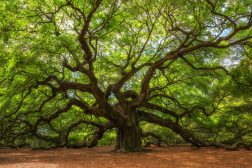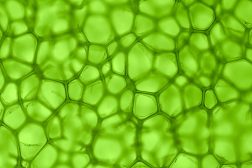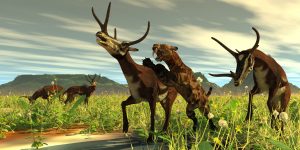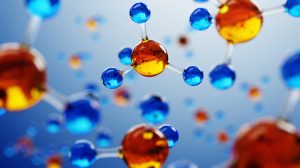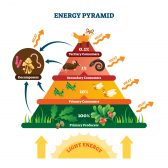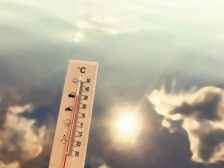Table of Contents
In phycology, the golden algae are algal species that are found mostly in freshwater. They are also called the chrysophytes. They belong to the phylum Chrysophyta, an algal phylum that includes the xanthophytes (yellow-green algae) and the diatoms as well. To be more particular, the golden algae are members of the phylum’s subgroup, class Chrysophyceae. They are characterized mainly by the presence of the pigment fucoxanthin in high amounts. Thus, they are brownish to golden brown in colour. Many of them are flagellated. Some of them have one flagellum such as that of Chromulina sp. Others have two flagella such as those of Ochromonas sp. Although most of them are flagellated, some chrysophytes are non-motile, such as Chrysaccus sp. There are also members of this class, e.g. Chrysamoeba sp., that are amoeboid although they also go through flagellate stages.
Etymology
The term chrysophyte came from the Ancient Greek khrusós, meaning “gold” and –phyte, meaning “plant”. Synonyms: chrysomonads; golden-brown algae.
Classification
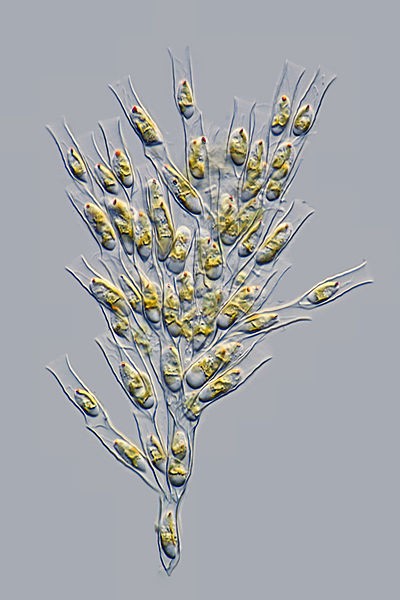
Chrysophytes are members of Class Chrysophyceae. Chrysophyceae or chrysophytes together with the xanthophytes (Xanthophyceae) and the diatoms (Bacillariophyceae) comprise the Phylum Chrysophyta according to Pasher’s system of classification.(1) Accordingly, Chrysophyceae belongs to Phylum Heterokontophyta and is comprised of the following orders: Chromulinales, Chrysosphaerales, Hibberdiales, Hydrurales, Phaeothamnales, and yet-to-be-classified Chrysophyceae genera. It should be noted, however, that the taxonomic classification of organisms is bound to change as further studies of the species would lead to newer system of classification, such as that in The NCBI taxonomy database.(2)
Sub-groups
Class Chrysophyceae is comprised of the following taxonomic orders:
- Chromulinales
- Chrysosphaerales
- Hibberdiales
- Hydrurales
- Phaeothamniales
General characteristics
Chrysophyceae is a group of algae characterized mainly by their flagellar structure (although there are also species that are non-motile). Most of them possess two flagella. One is active and has mastigonemes. It accounts for the forward movement. The other flagellum is smooth and passive. It is oriented toward the opposite direction. The golden color is due to the abundance of the pigment fucoxanthin. They have a globose, single-pored statocyst (also called stomatocyst). Some species, such as Myxochrysis paradoxa, have complex life cycle. Apart from the flagellate stage, they have also a plasmodial (amoeboid) stage.
Evolution
The golden algae are presumed to have evolved from the early algal species that had gone through endosymbiotic events. Their ability to photosynthesize is perhaps due to their endosymbiotic relationship with fucoxanthin-containing cyanobacteria.
Ecology
The golden algae are mostly freshwater species. They are found primarily in rivers and lakes. Prymnesium parvum is a golden algal species associated with harmful algal bloom caused by amplified algal growth. This species is known to produce toxins that can cause fish kills when the conditions promote rapid algal growth and reproduction. Nevertheless, there are no evidence indicating that golden algal toxins can directly threaten humans and other mammals from dead fish consumption.(4)
See also
References
- Pascher, A. (1914). “Über Flagellaten und Algen “. Berichte der deutsche botanischen Gesellschaft 32: 136–160.
- The NCBI taxonomy database. Retrieved from http://www.ncbi.nlm.nih.gov/taxonomy.
- Harmful Algal Blooms – Golden Alga. (2010). Retrieved from Texas.gov website: https://tpwd.texas.gov/landwater/water/environconcerns/hab/ga/
© Biology Online. Content provided and moderated by Biology Online Editors

